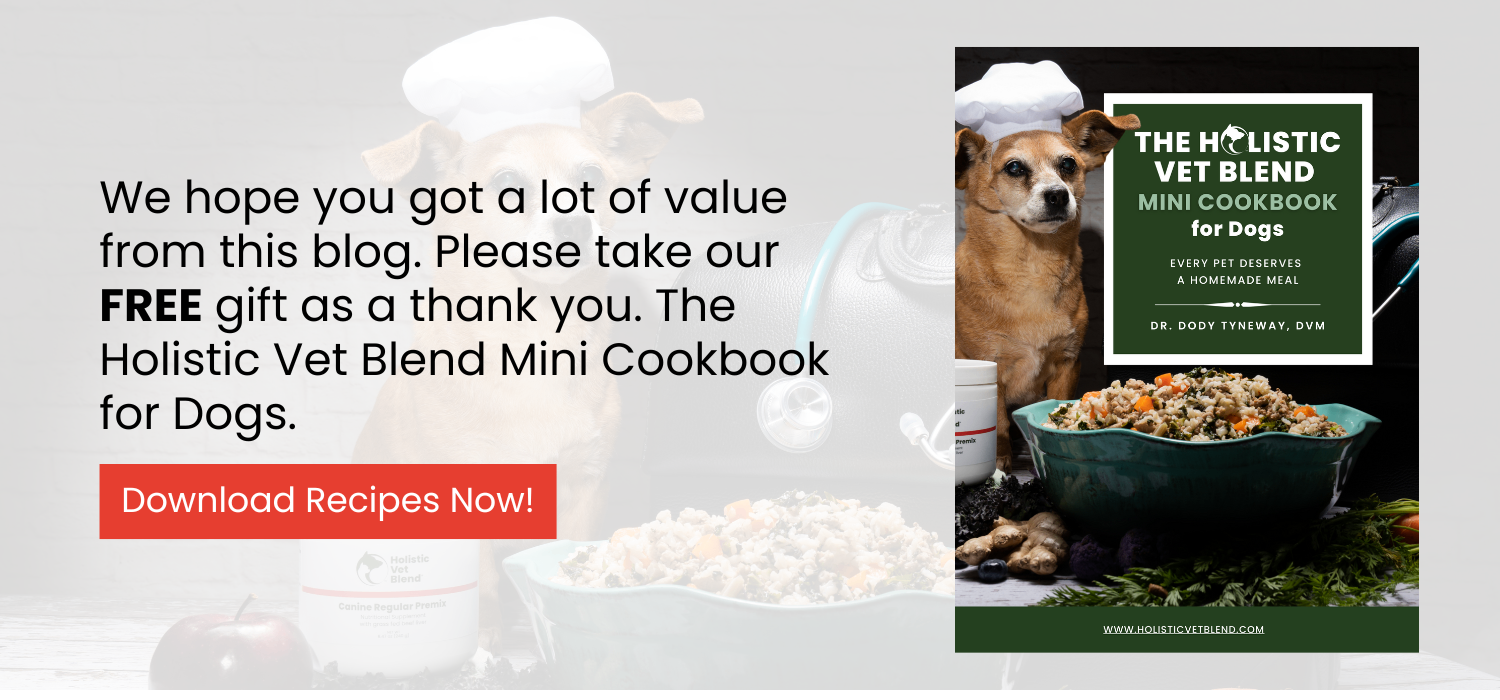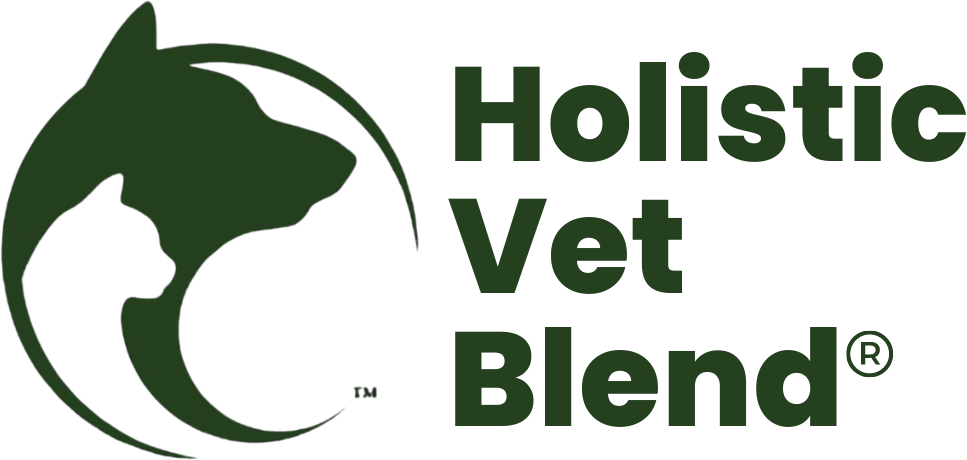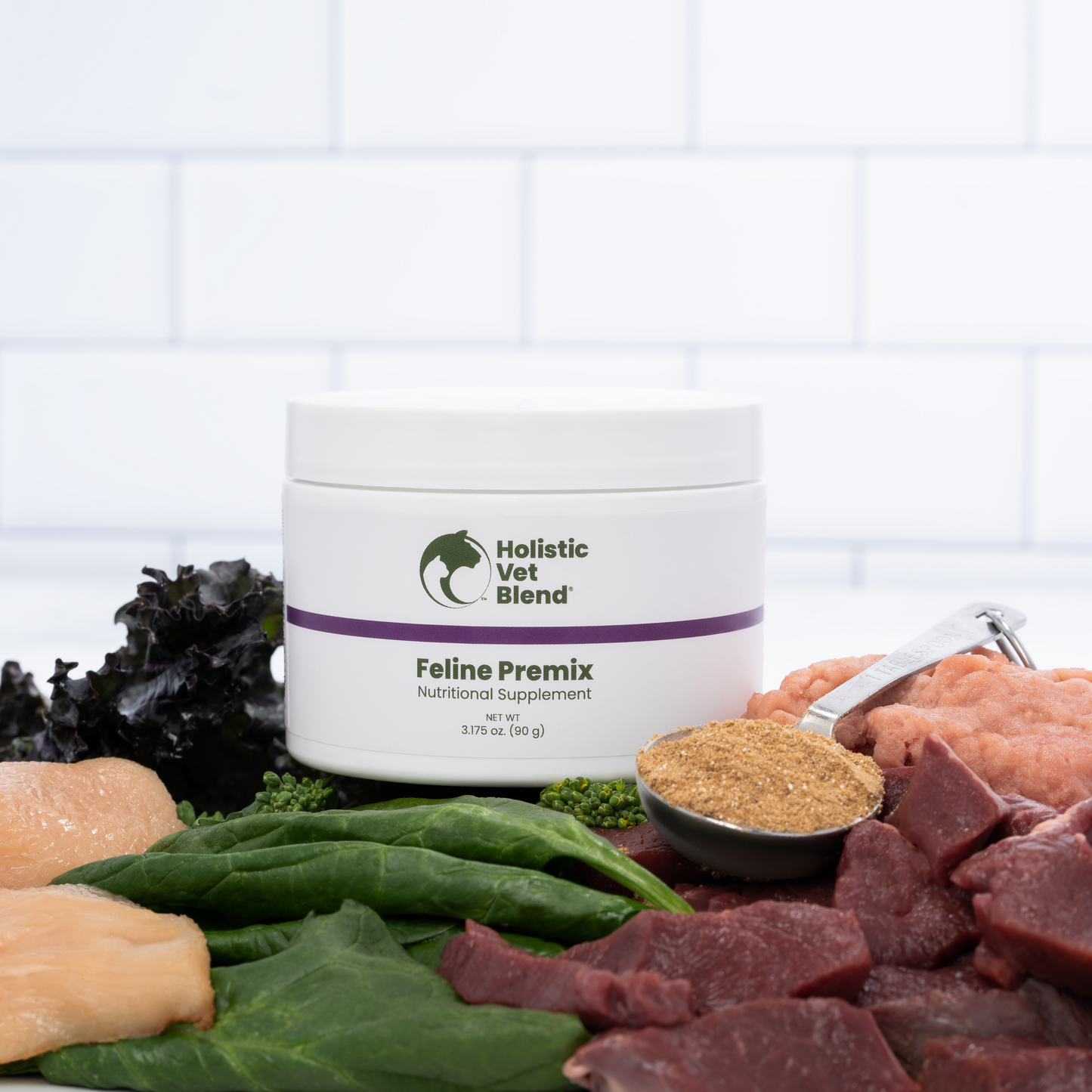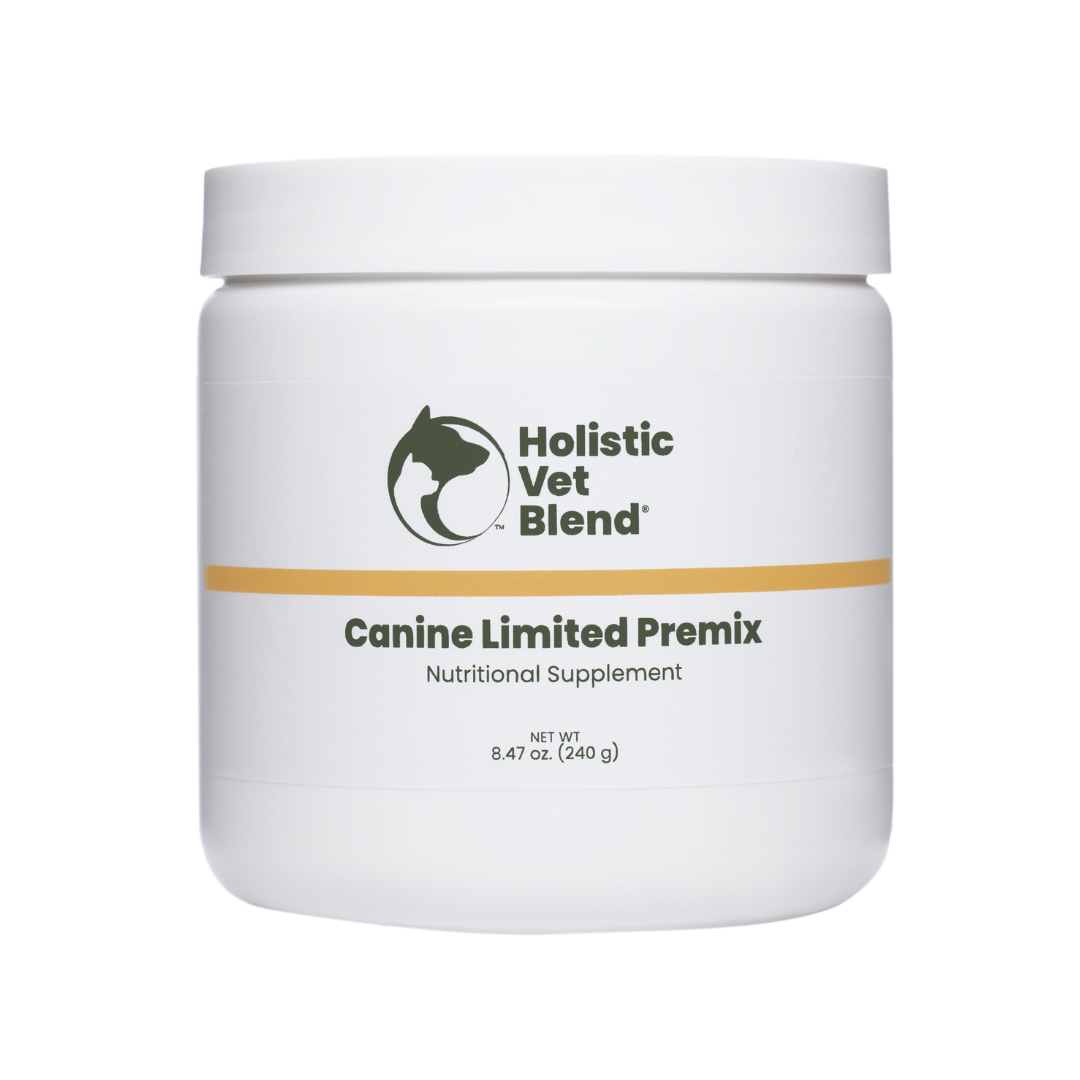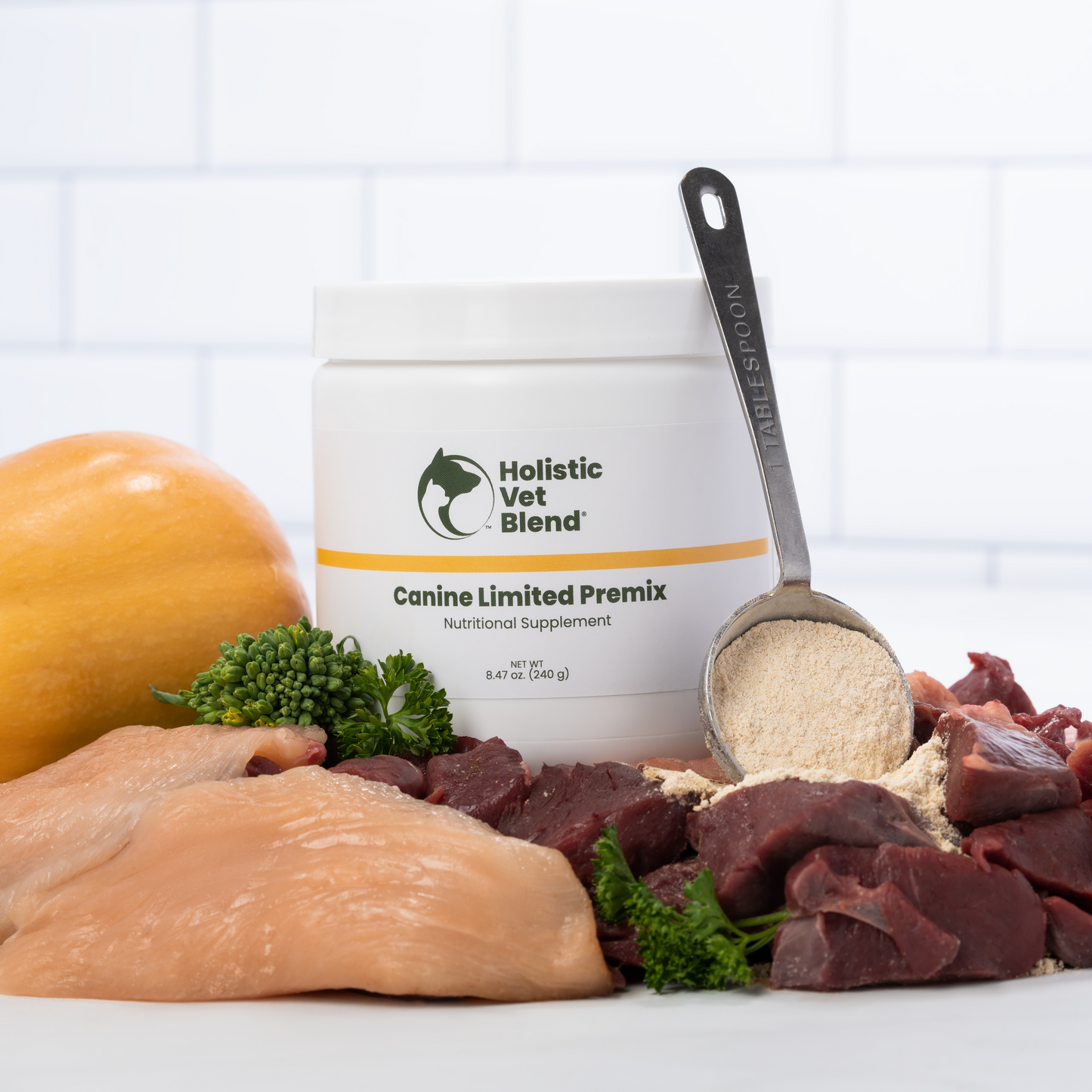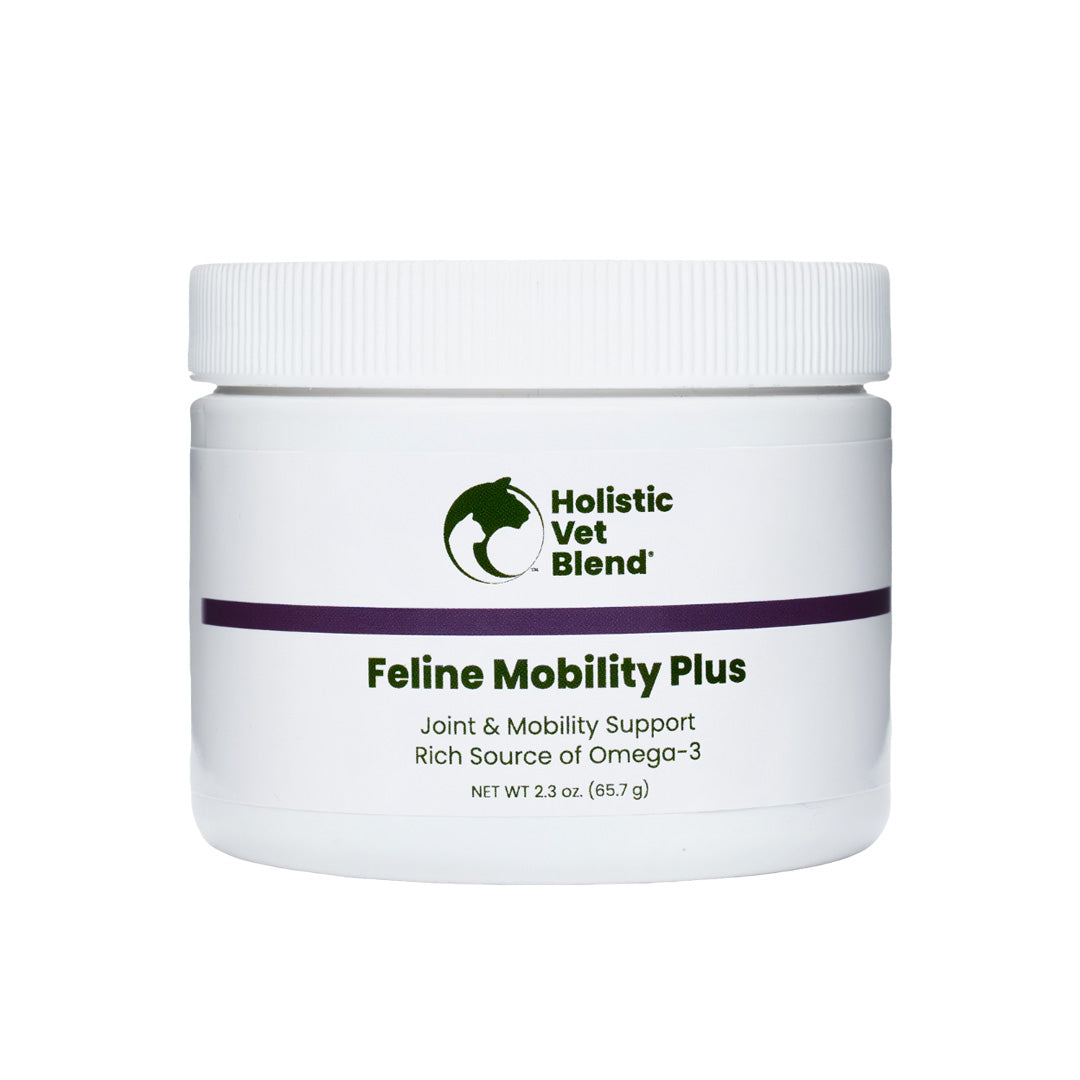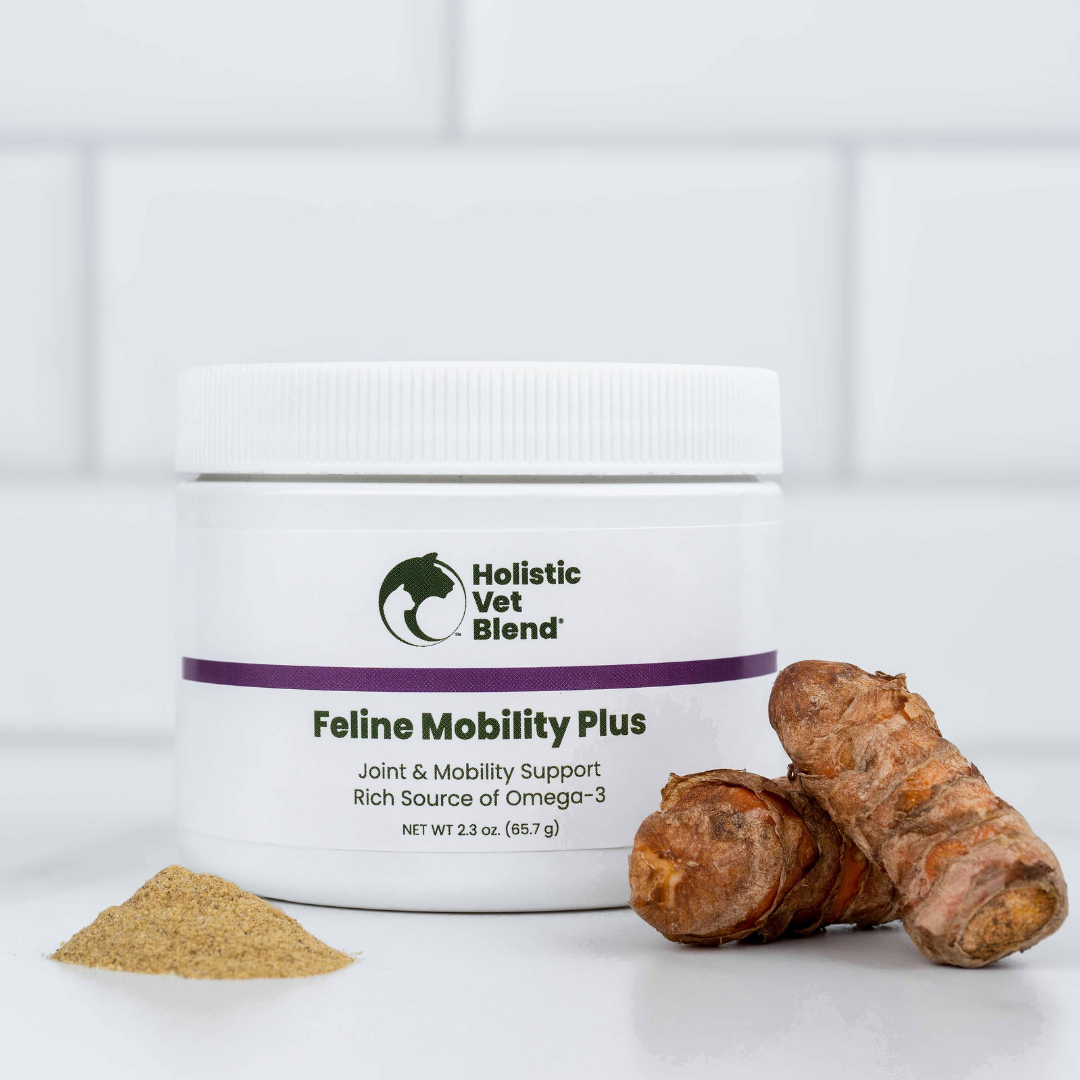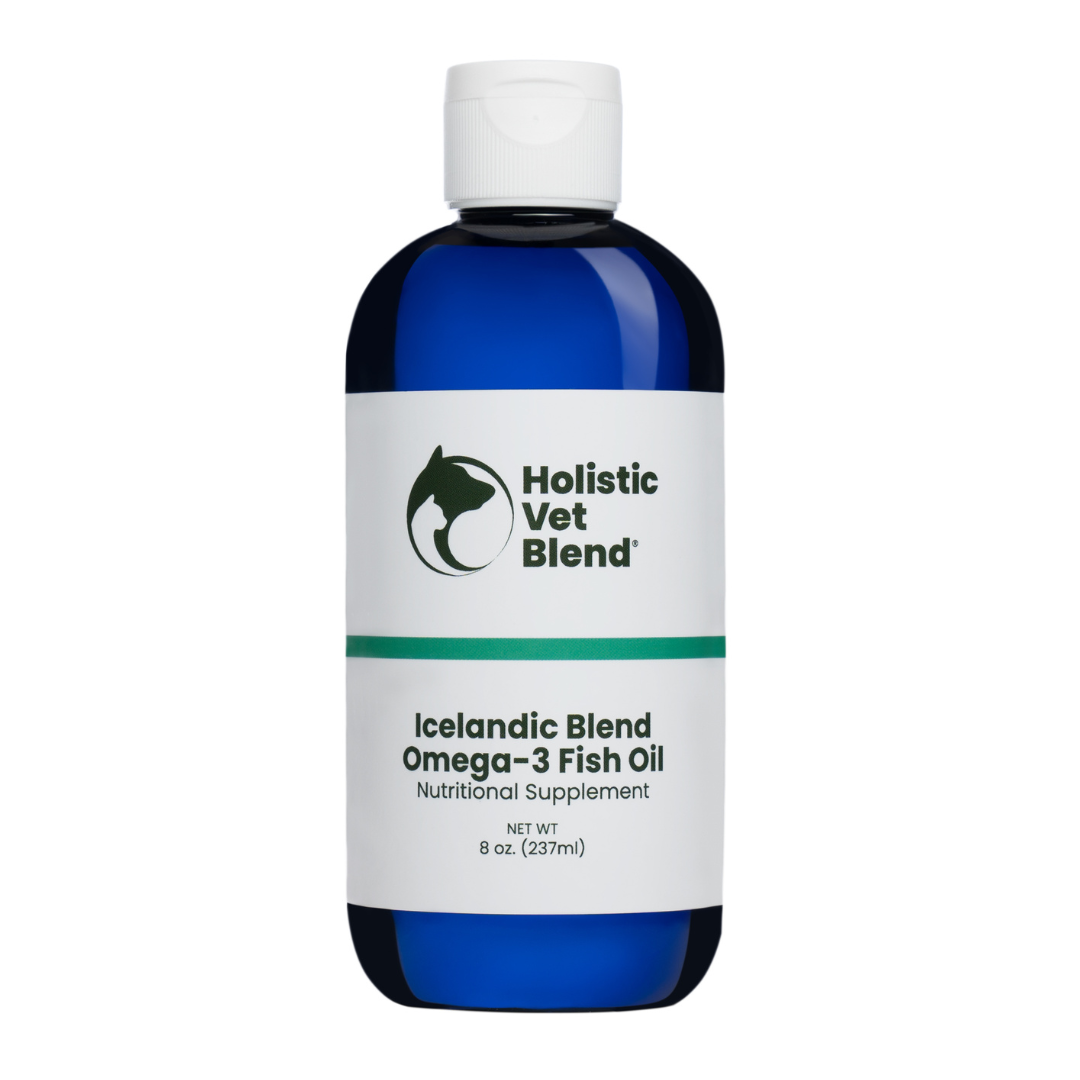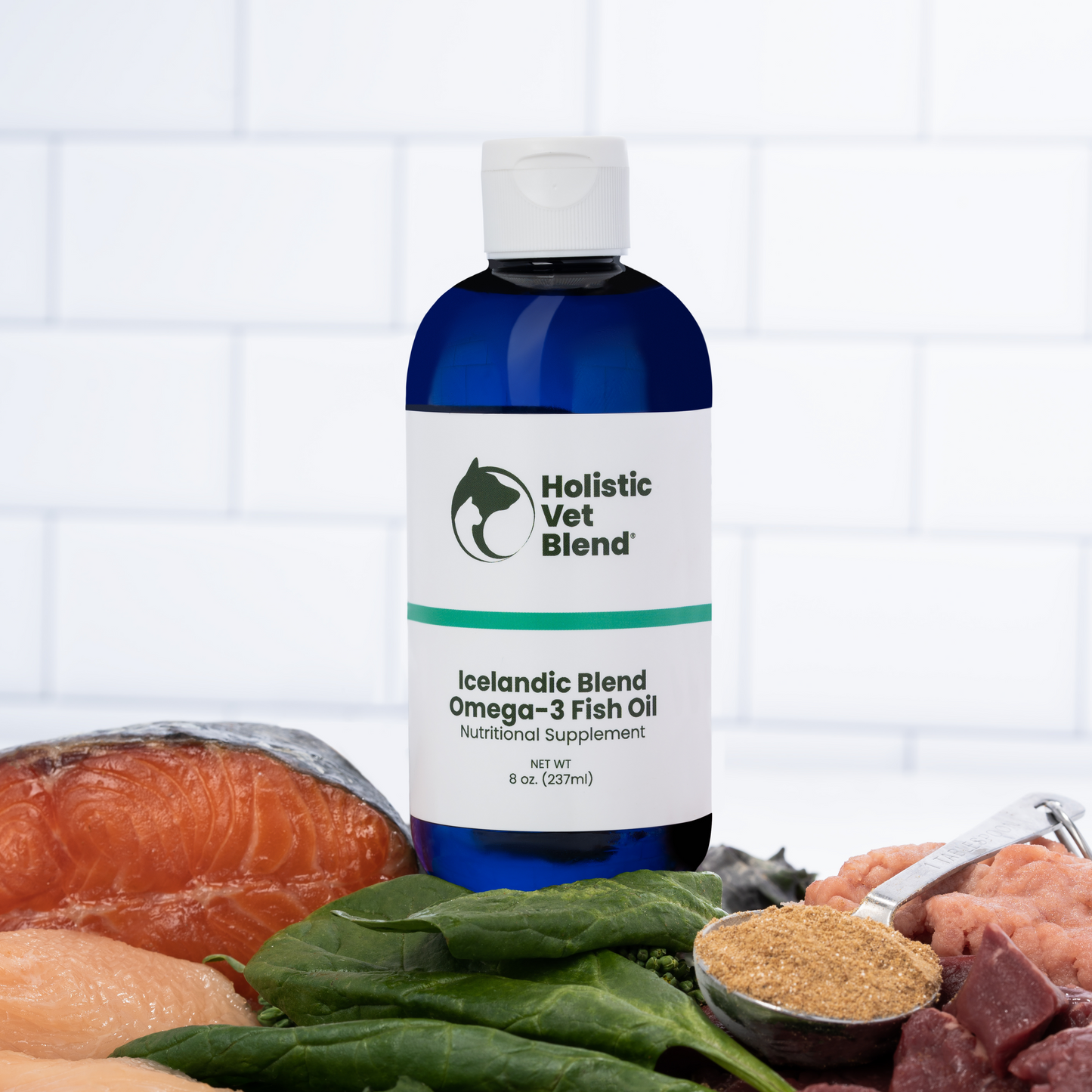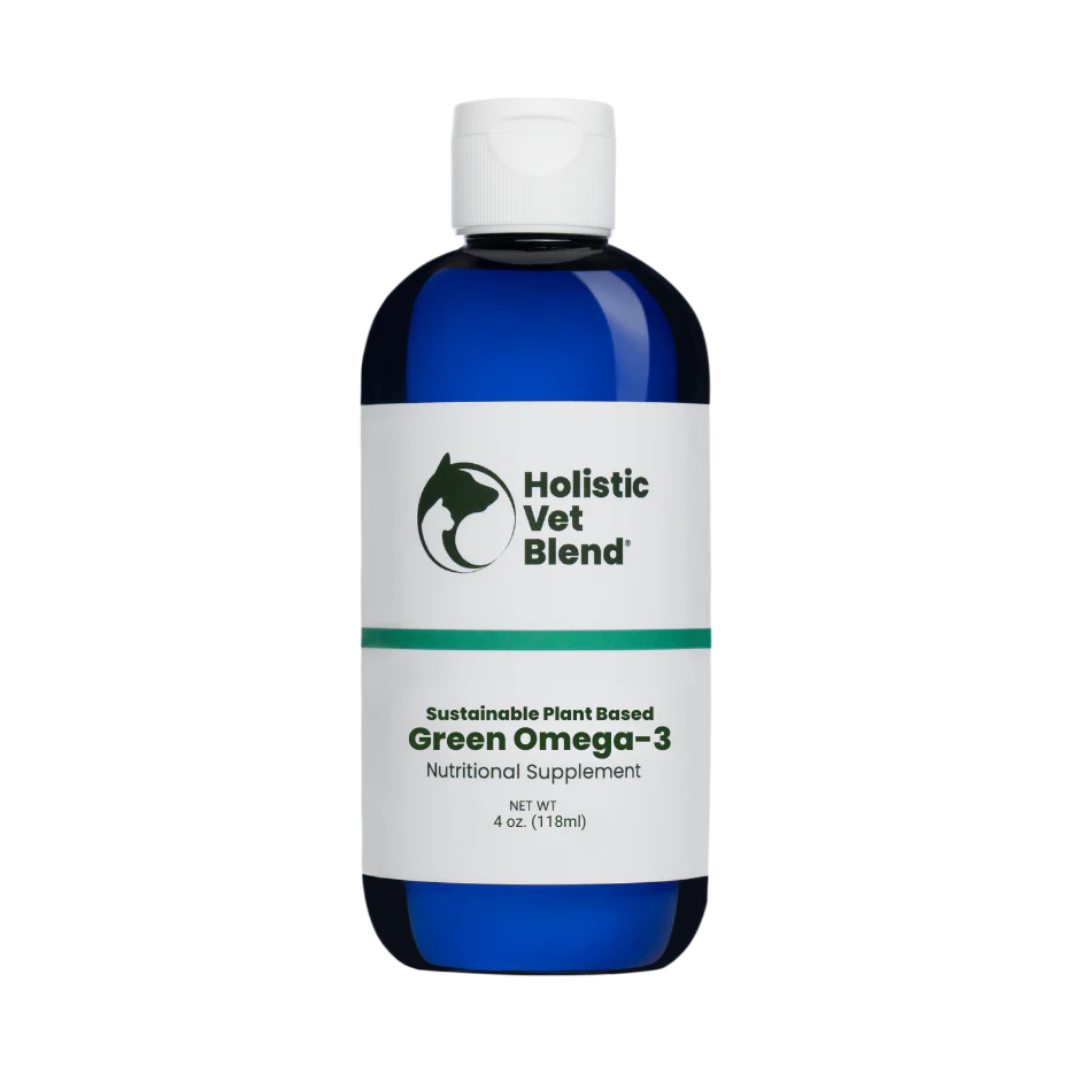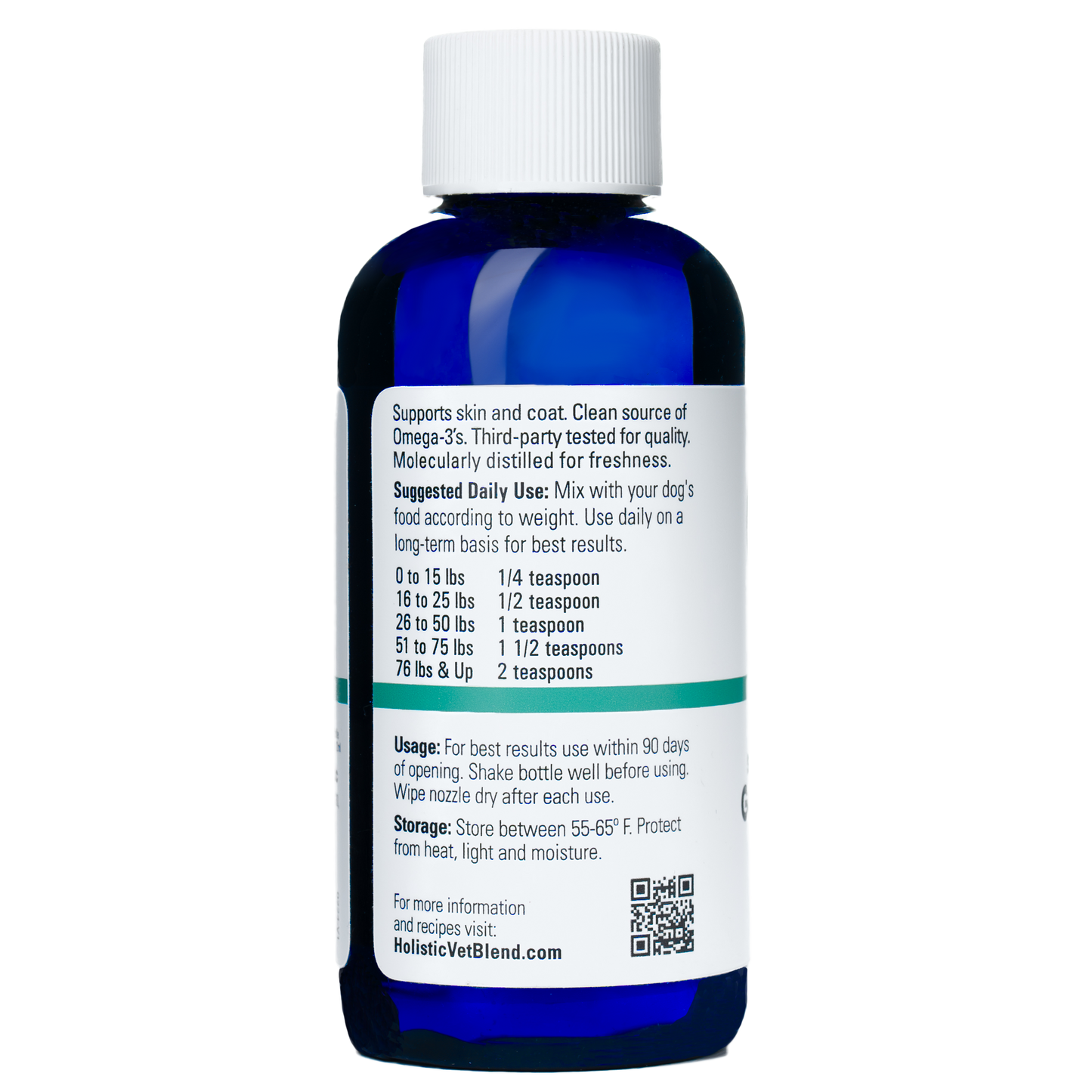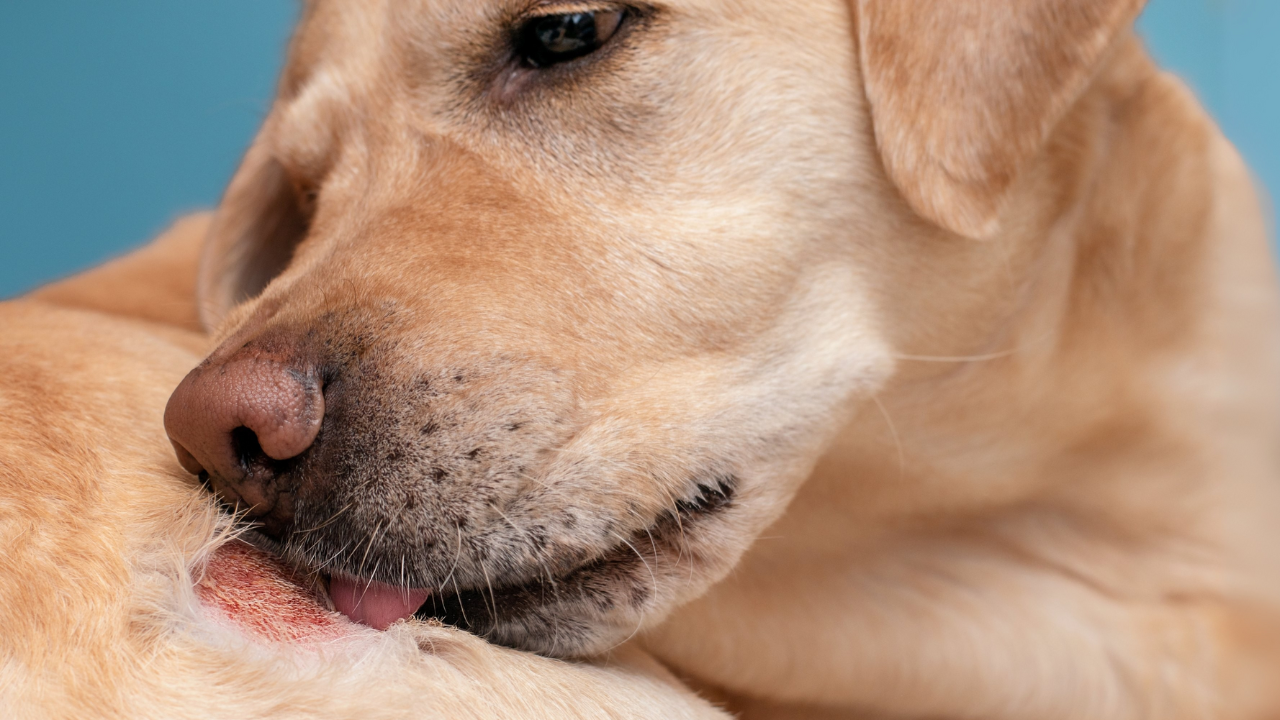
Does your dog have a sudden red, oozing patch of skin driving them crazy with itching? In the heat of summer – August is Itchy Pet Awareness Month – canine hot spots tend to flare up more often, leaving dogs miserable and owners concerned. These hot spots (pyotraumatic dermatitis, acute moist dermatitis) are localized areas of inflamed skin that often involve a bacterial infection, appearing as red, moist, and painful, smelly sores. They can pop up quickly (sometimes within hours) and spread fast if not addressed. Warm, humid weather creates ideal conditions for these skin infections because moisture gets trapped in a dog’s coat, allowing bacteria to thrive. Dogs with thick fur or who love swimming in summer are especially at risk when their skin stays damp. Common causes of the underlying itch include fleas, allergies, ear infections, or anything else that makes a dog lick or scratch excessively. Hot spots often occur in the most common sites where your pup can easily reach – behind the ears (often triggered by an ear infection) or at the base of the tail (often due to flea bites). They can also show up on the face, neck, hips, or chest.
What are dog hot spots?
Dog hot spots, also known as acute moist dermatitis, are localized areas of inflamed skin lesions that become red, itchy, and painful. Pet owners often notice that these hot spots arise from factors like allergies, including atopic dermatitis, insect bites, or excessive licking due to anxiety or irritation. These skin conditions can dramatically increase in size in a very short period of time and require prompt attention to alleviate discomfort and promote healing.
If you notice the beginnings of an inflamed lesion on your dog, acting quickly is important, as they can dramatically increase in size in a very short time. Stopping the self-trauma scratching cycle and providing relief can stop the potential development of an open wound. The good news is that there are several natural, DIY steps you can take at home to keep your dog comfortable until you can see your veterinarian for the best treatment to address the issue effectively. In a holistic approach, the focus is on soothing the irritation, addressing the underlying cause of the hot spot, keeping the area clean and dry, and using gentle, non-pharmaceutical remedies, as well as additional exercise whenever possible.
What causes hot spots?
Dog hot spots are localized areas of inflamed, irritated skin that can cause discomfort and pain. They often result from factors such as allergies, flea bites, or excessive licking or scratching. There is always an underlying cause, such as an ear infection (if the hot spot is on the cheek), an anal gland infection (if the hot spot is located under the tail), fleas (if the hot spot is on the base or top of the tail), or environmental allergies (if it's between their pads).
Lick granulomas are usually caused by underlying behavioral issues or stress. These usually occur on the lower legs. Understanding these causes is vital for effective dog hot spot care and promoting your pet's overall well-being. A hot spot causes an unrelenting itching, and lick granulomas are less so but can be persistent.

Dog Hot Spot Care at Home
Here are 10 tips to help heal your dog's hot spot and prevent it from getting worse while waiting
1. Flush the Ear with Saline
If the hot spot is associated with an ear infection (for example, just under or behind the ear), gently clean your dog’s ear with a sterile saline solution if they will allow it. Saline is non-irritating and safe even if the eardrum is ruptured. Tilt the head and drip room-temperature saline into the ear canal. Massage the base of the ear for 30 seconds, then let your dog shake it out. Gently wipe the excess with cotton. This simple rinse helps remove underlying yeast or bacteria that may be fueling the itch and prevents further irritation from harsher cleansers. Keeping the ears clean and dry can significantly reduce hot spots triggered by ear infections. Since ear infections can be caused by bacteria, yeast, frequent swimming, or foreign bodies such as foxtails, you'll want to work with your veterinarian to identify the underlying issue.
2. Clip the Hair and Let the Hot Spot Air Out
If your dog is not too painful and allows it, use clippers to carefully trim the hair around the hot spot and the surrounding area. Removing fur exposes the damp, infected skin to the air, helping it dry out more quickly. Hot spots thrive on moisture, so avoid bandaging or covering the area – air circulation is essential for healing. Trimming also makes it easier to apply any topical remedies to a clean skin surface. Be very gentle, as the skin is tender, and refrain from attempting this if your dog could potentially bite you. If your dog is in pain, do only what they allow and save thorough clipping for the vet.
3. Gently Clean the Wound with a Mild Antiseptic
The first step in cleaning the serious hot spots helps remove pus and bacteria, allowing the skin to start healing. Use a skin-safe, non-stinging solution, such as saline. One effective option is diluted povidone-iodine (Betadine) – dilute 1 part iodine to 9 parts warm water (the solution should be the color of weak tea). Using a soft cloth or gauze, gently dab or irrigate the area, and then press (without rubbing) the solution onto the hot spot to disinfect it. Diluted chlorhexidine solution (if you have a pet-safe chlorhexidine cleanser) is another vet-recommended option for cleaning. Pat the area dry after cleaning. This antiseptic rinse can be done 2–3 times a day. Avoid harsh human antiseptics like alcohol or hydrogen peroxide, which can delay healing and sting badly. A gentle cleanse keeps bacterial overgrowth in check and reduces itchiness.
4. Use Cool Water to Soothe Inflammation
Cooling the hot spot provides immediate relief from pain and itching. You can apply a cool compress by soaking a clean cloth in cool (not ice-cold), wringing it out, and holding it against the hot spot for a few minutes. For an even more soothing compress, use chilled chamomile tea or green/black tea – the tannins in tea act as natural antiseptics and help dry out the area. Another approach is gentle hydrotherapy: if the location is easily accessible, rinse the hot spot under a slow stream of cool water (for example, using a handheld shower on low pressure). This can help remove irritants and crusted discharge while calming the skin. Limit direct cooling to 5–10 minutes at a time, and pat the area dry afterward, since lingering moisture can aggravate the hot spot. Cool water therapy can noticeably reduce redness and discomfort for your pup.
5. Give a Colloidal Oatmeal Bath or Paste
Colloidal oatmeal is a classic remedy for itchy, inflamed skin – and it’s perfectly safe for dogs. You can draw a cool oatmeal bath by mixing unflavored colloidal oatmeal (available at drugstores, often sold for eczema or chickenpox relief) into a tub or basin of cool water. Let your dog soak the affected area for 5–10 minutes. The oatmeal will leave a soothing film on the skin that eases itching. If the hot spot is in a location that’s hard to soak, make an oatmeal paste instead: take a scoop of colloidal oatmeal, mix it with a bit of water to form a paste, and apply it gently over the hot spot for a few minutes before rinsing off. Colloidal oatmeal contains beta-glucans that calm inflammation and relieve itchiness on contact. Just be sure to rinse off and dry the area thoroughly, since again, we don’t want to leave the skin damp.
6. Try Natural Topical Remedies
A few dog-friendly herbal or homeopathic remedies can provide additional comfort to the hot spot. One popular soother is pure aloe vera gel – apply the cool gel from an aloe plant (or 100% pure aloe gel product) in a thin layer on the hot spot to cool and calm the skin, promoting a healthy skin barrier. Use care and prevent your dog from licking it by putting on an Elizabethan collar until it’s dry, as ingesting aloe can upset the stomach. Calendula is an herb known for healing skin; you can mist the area with calendula tea or apply a diluted calendula tincture lotion (make sure it’s alcohol-free) to help reduce inflammation and itch. Chamomile or green tea soaks work similarly: brew the tea, let it cool completely, and use the tea bag or a cotton ball to dab the hot spot – the tea’s natural tannic acids act as a mild antiseptic and astringent to dry out the sore. Even a simple baking soda paste (mix a teaspoon of baking soda with a little water) smeared on the spot for a few minutes and then rinsed can help alleviate itchiness. If your dog is experiencing significant discomfort, consider a homeopathic remedy, such as Arnica (available in pellet form), or pain medications to help alleviate pain and inflammation. These natural approaches can complement the other steps, but discontinue any remedy that irritates your dog’s skin. Every dog’s skin is different, so gentle trial and error will show you what brings your pup relief.

7. Break the cycle of itching with an E-Collar (Cone) to Prevent Licking
To truly break the "itch-scratch cycle," you must stop your dog from further licking, chewing, or scratching the hot spot on their irritated skin. One of the most effective tools for this is an Elizabethan collar (the "cone of shame"). While your dog might give you sad eyes about the cone, it keeps them physically away from the wound, allowing them to focus on other engaging activities, such as puzzle toys, which can be critical for healing. You can use a traditional plastic cone or a softer inflatable or fabric cone – whatever your dog finds most comfortable. Alternatively, a dog recovery suit is also an option to consider for covering the area. In a pinch, even a clean T-shirt can act as a barrier (for example, a T-shirt for a chest or belly hot spot, or a sock for a paw hot spot), but avoid any covering that retains moisture or rubs the skin. The goal is to allow airflow while preventing licking. Supervision is important too: when you’re home, keep an eye on your dog so that it doesn’t find creative ways to scratch (like against furniture). It may take a day or two for them to adjust to the E-collar, but remember, it’s a short-term necessity that gives the angry spot a chance to heal without further self-trauma.
8. Give an Anti-Itch Aid (Benadryl or Natural Alternative)
Hot spots are intensely itchy, and helping your dog feel less itchy will keep them calmer. One owner-friendly option is diphenhydramine (Benadryl) – an over-the-counter antihistamine that can reduce itchiness and has a mild sedative effect. Many vets recommend it for short-term relief from allergies or insect bites. Some cases are severe, and until you can get the situation under control, you may have to resort to short-term oral steroids to provide some comfort. The dosage of diphenhydramine (Benadryl) is based on your dog’s weight (always use plain Benadryl with no decongestants or other additives). A rule of thumb is 1 mg per pound of body weight, administered orally every 8 hours. Here’s a rough guide for common size ranges:
- Under 5 lbs: ~5 mg (often easier to use children’s liquid form). Do not use a liquid with xylitol (poisonous to dogs).
- 5–10 lbs: 5–10 mg (≈2–4 ml of children’s liquid)
- 10–25 lbs: 10–25 mg (≈½ to 1 adult tablet)
- 25–50 lbs: 25–50 mg (1 to 2 tablets)
- 50–75 lbs: 50–75 mg (2 to 3 tablets)
- 75+ lbs: 75–100 mg (3 to 4 tablets, depending on exact weight)
Always double-check with your vet if you’re unsure about the dose, and do not exceed 2 mg per pound in any case. Benadryl can cause drowsiness, which isn’t a bad thing for a restless, itchy dog trying to scratch a wound. If you prefer a holistic route, consider quercetin – a natural supplement sometimes called “Nature’s Benadryl” for its antihistamine and anti-inflammatory properties. Whether you use Benadryl or a natural alternative, reducing the itch will keep your dog more comfortable and less inclined to attack the hot spot. As with any medication or supplement, if your dog has health issues or is taking other medications, check with your veterinarian first.
9. Check for Fleas and Address Any Parasites
Hot spots are often a symptom of an underlying issue – and fleas are one of the most common culprits. Especially if the hot spot is near the rump, tail base, or thighs, put on a pair of gloves and inspect your dog’s fur for signs of fleas. Look for flea dirt (tiny black specks) or the fleas themselves. Even if you don’t see them, if your dog is itchy back there, it’s wise to assume fleas could be involved (many dogs are allergic to flea bites, which causes extreme itching). Comb your dog with a flea comb and give them a gentle bath to remove as many fleas as possible. Consistent flea control is key to preventing hot spots around the tail. If you prefer holistic methods, some natural flea repellents (like shampoos with neem, or essential oil sprays with lemongrass or cedar that are labeled safe for dogs).
10. Look for an underlying cause
While these home remedies can dramatically improve a hot spot, remember that underlying causes need to be addressed to fully resolve the issue and prevent recurrence. Use the above tips to keep your dog comfortable and happy. It should start to dry out and shrink over a few days. If you notice it getting larger, producing a foul odor, or your dog developing a fever or lethargy, seek veterinary care as soon as possible – severe hot spots may require prescription spray medications to heal. In any case, it’s wise to let your veterinarian examine the area, especially if this is your dog’s first hot spot or if they recur frequently. A holistic vet can help pinpoint contributors like allergies, anal gland issues, or stress, and suggest long-term natural strategies (diet changes, supplements, etc.) to boost your dog’s skin health. Also, ask your vet if a medicated shampoo or rinse would help in your dog’s case – never apply prescription-strength creams or shampoos without checking, but your vet might approve a chlorhexidine pet shampoo or herbal rinse to use at home in between visits. By staying vigilant and working with your vet, you’ll get to the root of why the hot spot occurred (whether it was fleas, food allergies, or something else) and prevent future hotspots from troubling your pup.
Conclusion
Hot spots can be alarming to see on your beloved dog, but with prompt care and a gentle, holistic touch, you can provide fast relief and support the healing process. The ten tips above focus on natural, pet-safe remedies – from simple saline and oatmeal to herbs and hugs – to comfort your itchy dog and tackle the problem at its source. Always remember that while home care is important, partnering with your veterinarian (especially one who is holistically minded) will ensure that the infection is appropriately treated and the underlying causes are managed in the long run. Here’s to cool, itch-free skin for your canine companion! If you found these tips helpful, be sure to subscribe to our Holistic Vet Blend blog for weekly insights on caring for your pet’s health the natural way. We’re here to help you help your pet live their most comfortable, vibrant life.
